Capital One 2012 Annual Report Download - page 125
Download and view the complete annual report
Please find page 125 of the 2012 Capital One annual report below. You can navigate through the pages in the report by either clicking on the pages listed below, or by using the keyword search tool below to find specific information within the annual report.-
 1
1 -
 2
2 -
 3
3 -
 4
4 -
 5
5 -
 6
6 -
 7
7 -
 8
8 -
 9
9 -
 10
10 -
 11
11 -
 12
12 -
 13
13 -
 14
14 -
 15
15 -
 16
16 -
 17
17 -
 18
18 -
 19
19 -
 20
20 -
 21
21 -
 22
22 -
 23
23 -
 24
24 -
 25
25 -
 26
26 -
 27
27 -
 28
28 -
 29
29 -
 30
30 -
 31
31 -
 32
32 -
 33
33 -
 34
34 -
 35
35 -
 36
36 -
 37
37 -
 38
38 -
 39
39 -
 40
40 -
 41
41 -
 42
42 -
 43
43 -
 44
44 -
 45
45 -
 46
46 -
 47
47 -
 48
48 -
 49
49 -
 50
50 -
 51
51 -
 52
52 -
 53
53 -
 54
54 -
 55
55 -
 56
56 -
 57
57 -
 58
58 -
 59
59 -
 60
60 -
 61
61 -
 62
62 -
 63
63 -
 64
64 -
 65
65 -
 66
66 -
 67
67 -
 68
68 -
 69
69 -
 70
70 -
 71
71 -
 72
72 -
 73
73 -
 74
74 -
 75
75 -
 76
76 -
 77
77 -
 78
78 -
 79
79 -
 80
80 -
 81
81 -
 82
82 -
 83
83 -
 84
84 -
 85
85 -
 86
86 -
 87
87 -
 88
88 -
 89
89 -
 90
90 -
 91
91 -
 92
92 -
 93
93 -
 94
94 -
 95
95 -
 96
96 -
 97
97 -
 98
98 -
 99
99 -
 100
100 -
 101
101 -
 102
102 -
 103
103 -
 104
104 -
 105
105 -
 106
106 -
 107
107 -
 108
108 -
 109
109 -
 110
110 -
 111
111 -
 112
112 -
 113
113 -
 114
114 -
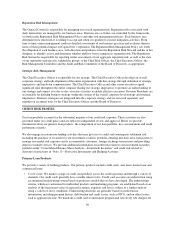 115
115 -
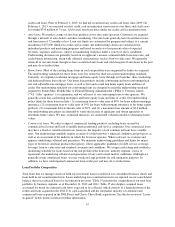 116
116 -
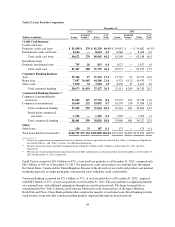 117
117 -
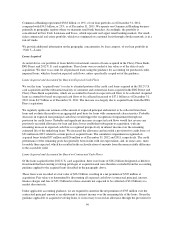 118
118 -
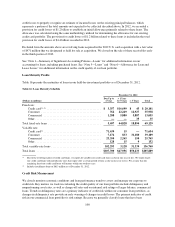 119
119 -
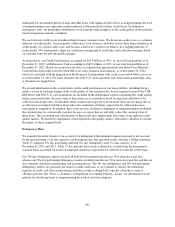 120
120 -
 121
121 -
 122
122 -
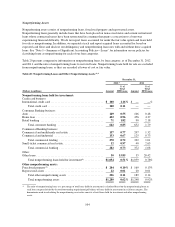 123
123 -
 124
124 -
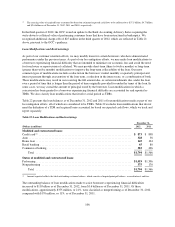 125
125 -
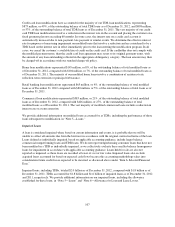 126
126 -
 127
127 -
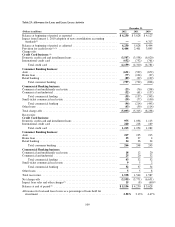 128
128 -
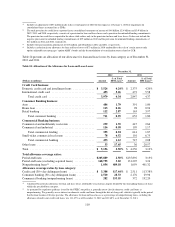 129
129 -
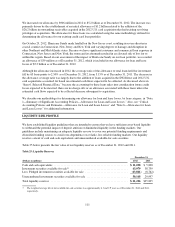 130
130 -
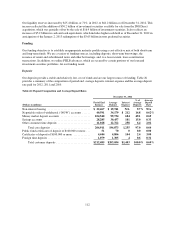 131
131 -
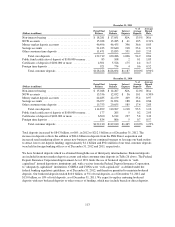 132
132 -
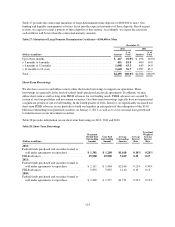 133
133 -
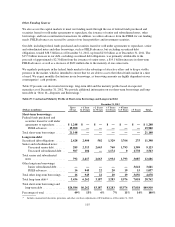 134
134 -
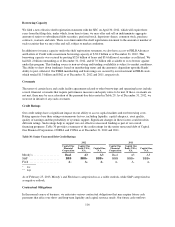 135
135 -
 136
136 -
 137
137 -
 138
138 -
 139
139 -
 140
140 -
 141
141 -
 142
142 -
 143
143 -
 144
144 -
 145
145 -
 146
146 -
 147
147 -
 148
148 -
 149
149 -
 150
150 -
 151
151 -
 152
152 -
 153
153 -
 154
154 -
 155
155 -
 156
156 -
 157
157 -
 158
158 -
 159
159 -
 160
160 -
 161
161 -
 162
162 -
 163
163 -
 164
164 -
 165
165 -
 166
166 -
 167
167 -
 168
168 -
 169
169 -
 170
170 -
 171
171 -
 172
172 -
 173
173 -
 174
174 -
 175
175 -
 176
176 -
 177
177 -
 178
178 -
 179
179 -
 180
180 -
 181
181 -
 182
182 -
 183
183 -
 184
184 -
 185
185 -
 186
186 -
 187
187 -
 188
188 -
 189
189 -
 190
190 -
 191
191 -
 192
192 -
 193
193 -
 194
194 -
 195
195 -
 196
196 -
 197
197 -
 198
198 -
 199
199 -
 200
200 -
 201
201 -
 202
202 -
 203
203 -
 204
204 -
 205
205 -
 206
206 -
 207
207 -
 208
208 -
 209
209 -
 210
210 -
 211
211 -
 212
212 -
 213
213 -
 214
214 -
 215
215 -
 216
216 -
 217
217 -
 218
218 -
 219
219 -
 220
220 -
 221
221 -
 222
222 -
 223
223 -
 224
224 -
 225
225 -
 226
226 -
 227
227 -
 228
228 -
 229
229 -
 230
230 -
 231
231 -
 232
232 -
 233
233 -
 234
234 -
 235
235 -
 236
236 -
 237
237 -
 238
238 -
 239
239 -
 240
240 -
 241
241 -
 242
242 -
 243
243 -
 244
244 -
 245
245 -
 246
246 -
 247
247 -
 248
248 -
 249
249 -
 250
250 -
 251
251 -
 252
252 -
 253
253 -
 254
254 -
 255
255 -
 256
256 -
 257
257 -
 258
258 -
 259
259 -
 260
260 -
 261
261 -
 262
262 -
 263
263 -
 264
264 -
 265
265 -
 266
266 -
 267
267 -
 268
268 -
 269
269 -
 270
270 -
 271
271 -
 272
272 -
 273
273 -
 274
274 -
 275
275 -
 276
276 -
 277
277 -
 278
278 -
 279
279 -
 280
280 -
 281
281 -
 282
282 -
 283
283 -
 284
284 -
 285
285 -
 286
286 -
 287
287 -
 288
288 -
 289
289 -
 290
290 -
 291
291 -
 292
292 -
 293
293 -
 294
294 -
 295
295 -
 296
296 -
 297
297 -
 298
298 -
 299
299 -
 300
300 -
 301
301 -
 302
302 -
 303
303 -
 304
304 -
 305
305 -
 306
306 -
 307
307 -
 308
308 -
 309
309 -
 310
310 -
 311
311
 |
 |

(3) The carrying value of acquired loans accounted for based on estimated expected cash flows to be collected was $37.1 billion, $4.7 billion
and $5.6 billion as of December 31, 2012, 2011 and 2010, respectively.
In the third quarter of 2012, the OCC issued an update to the Bank Accounting Advisory Series requiring the
write-down to collateral value of performing consumer loans that have been restructured in bankruptcy. We
recognized additional charge-offs of $25 million in the third quarter of 2012, which are reflected in Table 21
above, pursuant to the OCC’s guidance.
Loan Modifications and Restructurings
As part of our customer retention efforts, we may modify loans for certain borrowers who have demonstrated
performance under the previous terms. As part of our loss mitigation efforts, we may make loan modifications to
a borrower experiencing financial difficulty that are intended to minimize our economic loss and avoid the need
for foreclosure or repossession of collateral. We may provide short-term (three to twelve months) or long-term
(greater than twelve months) modifications to improve the long-term collectability of the loan. Our most
common types of modifications include a reduction in the borrower’s initial monthly or quarterly principal and
interest payment through an extension of the loan term, a reduction in the interest rate, or a combination of both.
These modifications may result in our receiving the full amount due, or certain installments due, under the loan
over a period of time that is longer than the period of time originally provided for under the terms of the loan. In
some cases, we may curtail the amount of principal owed by the borrower. Loan modifications in which a
concession has been granted to a borrower experiencing financial difficulty are accounted for and reported as
TDRs. We also classify loan modifications that involve a trial period as TDRs.
Table 22 presents the loan balances as of December 31, 2012 and 2011 of loan modifications made as part of our
loss mitigation efforts, all of which are considered to be TDRs. Table 22 excludes loan modifications that do not
meet the definition of a TDR and acquired loans accounted for based on expected cash flows, which we track and
report separately.
Table 22: Loan Modifications and Restructurings
December 31,
(Dollars in millions) 2012 2011
Modified and restructured loans:
Credit card(1) ................................................................. $ 873 $ 898
Auto ........................................................................ 328 58
Home loan ................................................................... 145 104
Retail banking ................................................................ 65 80
Commercial banking ........................................................... 383 426
Total ................................................................... $1,794 $1,566
Status of modified and restructured loans:
Performing ................................................................... $1,419 $1,396
Nonperforming ............................................................... 375 170
Total ................................................................... $1,794 $1,566
(1) Amount reported reflects the total outstanding customer balance, which consists of unpaid principal balance, accrued interest and fees.
The outstanding balance of loan modifications made to assist borrowers experiencing financial difficulties
increased to $1.8 billion as of December 31, 2012, from $1.6 billion as of December 31, 2011. Of these
modifications, approximately $375 million, or 21%, were classified as nonperforming as of December 31, 2012,
compared with $170 million, or 11%, as of December 31, 2011.
106
